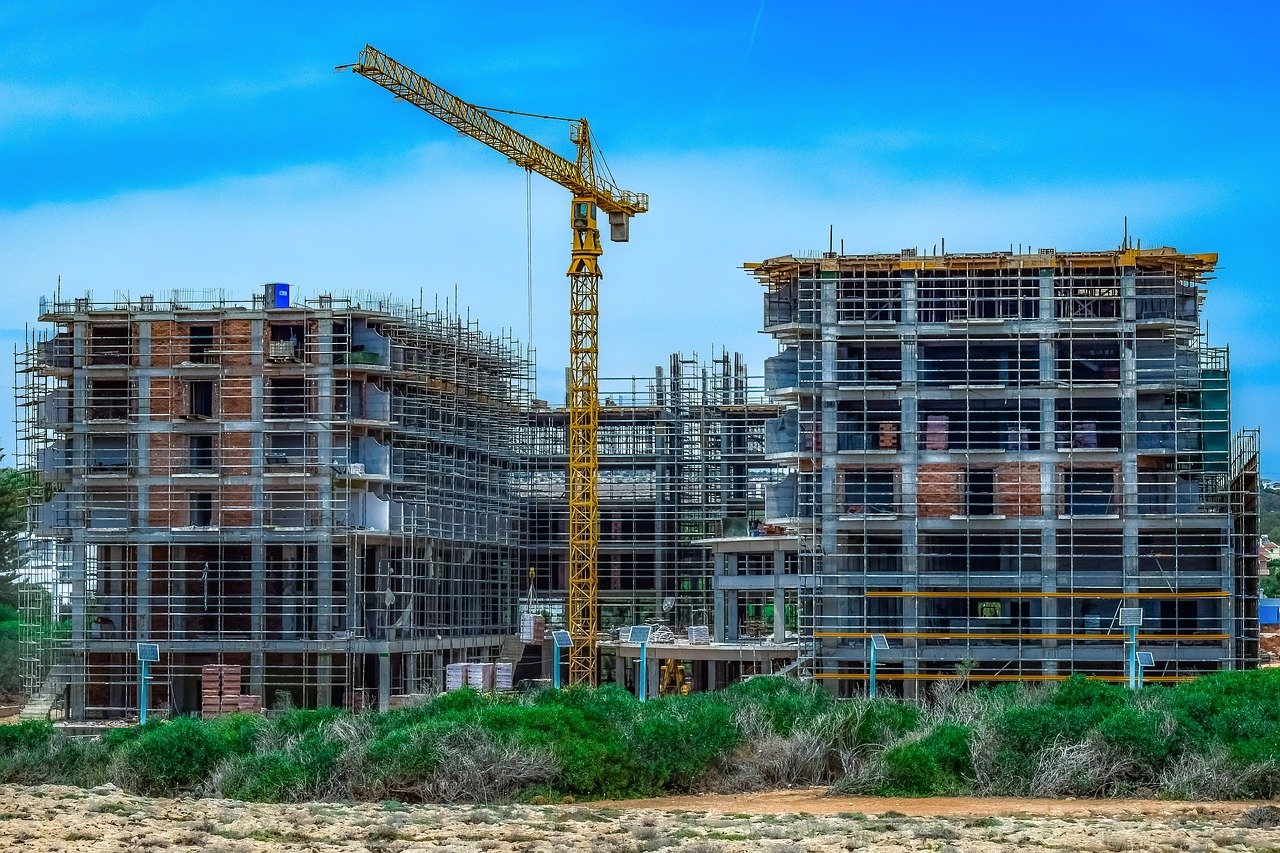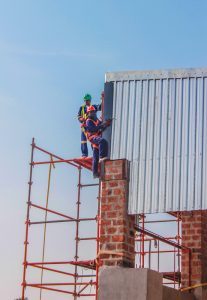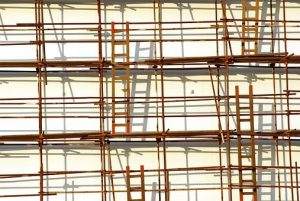Useful Tips for Evaluating Safety on Your NYC Construction Site Job

Far too often, New York City construction workers must tell their project supervisors and managers when basic safety standards are not being met. Although this places an unfair burden on workers eager to keep their jobs, alerting supervisors to serious OSHA (Occupational Safety and Health Administration) violations can help greatly reduce injuries and save lives.
During daily or weekly construction site training sessions or meetings, supervisors have a duty to remind all workers of the most common safety violations – and provide further learning material by placing OSHA safety posters near check-in areas (or timeclocks) and locker areas.

When supervisors explain all the specific safety challenges that can develop on a site, they not only help workers avoid unnecessary injuries – they also increase their chances of meeting all their most important project deadlines with the help of their most experienced employees.
What workers should look out for when doing trench work – or using scaffolds or ladders
Unique concerns when handling trench work
- Professional help required in many instances. A registered professional engineer must be hired to help design adequate protective systems whenever trenches will be at least twenty (20) feet deep. Allowing less rigorously trained individuals to design these systems too often leads to suffocating deaths.
- Well-made exits are crucial. The very first workers in trenches must immediately construct one or more proper exits from the trench – this may involve building a safety ramp, stairway, or ladder system. These exits must be fully completed before major work in the trench is started.
- Routine and special safety checks of trench areas are crucial. At the end of each day, and after major ground vibrations, rainstorms or area surcharge loads occur –a supervisor must check to be sure the trench walls are still safe and properly reinforced.
- Trench boxes and shoring supports must often be used to help prevent cave-ins.
- Sloping trench walls are nearly always useful. If these are created so that they are inclined away from the area of digging – when cave-ins or other crises occur — endangered workers can more readily escape from the trenches.
Scaffolding issues that must be addressed to remove unnecessary dangers
- Supervision is critical. When construction supervisors or managers fail to observe the initial erecting, moving, or dismantling of any scaffolding – there is a far greater chance that dangerous mistakes will be made. In addition, these managers must also oversee any alterations made to the initial scaffolding configurations. Far too often, workers’ lives are put at risk when professional supervision is purposefully skipped.
- Guardrails, mid-rails, and toe boards. These additional scaffolding features are crucial to helping all construction workers avoid unnecessary and potentially deadly falls.
- Safety nets and body harnesses. When on-site managers fail to erect safety nets, they greatly increase the chances of serious or deadly falls. Likewise, body harnesses should be offered to all workers asked to complete projects more than six (6) feet above ground.
- Quality plank platforms. The sturdiest plank platform materials must always be used to ensure worker safety. The use of lighter wood can directly cause planks to give way, causing deadly falls.
- Key parts of scaffolding must be carefully checked at the beginning of each shift. Employees must always check to be sure that all damaged scaffolding accessories like brackets, braces, trusses, screw legs or ladders are either replaced or repaired before they climb onto any scaffolding to begin work.
- Avoid power lines. All scaffolding must be located at least ten (10) feet away from any nearby electrical power lines to avoid serious or deadly worker injuries.
- Solid ground or footing is always important. Workers must always be sure that before any scaffolding is erected, the ground below is stable. It must be fully capable of supporting all the intended building materials and human weight.
Crane safety standards must be honored to better protect everyone
- Prior to any use, workers must make sure all crane controls, wires, ropes, chains — and the hook — are free from any damage. Just 10 or 15 minutes spent examining these items can prevent major accidents on each new shift.
- Crane loads must never be moved above workers. All accessible areas below cranes should be barricaded prior to their use — based on the swing radius of each crane.
- Outriggers must be fully extended. Also, hoist ropes and chains should never be wrapped around any crane load.
- Someone must regularly check each crane’s rated load capacity before new lifting is performed.
- Cranes must never be used within 10 feet of any transmission lines or energized electrical distribution equipment.
All workers must be trained on the best ways to use all construction site ladders
- Visual inspection of each ladder must be performed prior to each new work shift. While this standard may seem rather extreme, it is still important since ladders covered with grease, dirt, water, and other substances can quickly lead to serious or deadly falls. All ladders must be thoroughly cleaned and wiped down prior to use on each new shift. Construction site managers should routinely look for any damaged or broken rungs, steps or bent side rails. Safety locks and other similar devices must still be attached and in good working order.
- Ladders should only be used if long enough to reach the necessary level of work. Whenever possible, it is best to have a second worker stand and hold the bottom of a ladder in a sturdy manner when someone is working above.
- Metallic ladders should never be placed near any electrical lines or equipment.
- A ladder’s rated load capacity should be checked before anyone climbs up. Separate tools or work devices should be used to lift work materials up to those who have climbed up the ladder so they cannot endanger themselves by trying to carry heavy tools or equipment while climbing up to higher levels to handle their tasks.
If a construction site supervisor fails to comply with these safety standards, workers should seriously consider filing a confidential safety violation complaint with OSHA (Occupational Safety and Health Administration). You can learn more about this process by visiting this link.
If you have suffered a serious construction site accident injury due to someone else’s negligence, you need to contact our New York City construction accident law firm. We will carefully investigate all the facts of your case, review all your medical records, and then fight hard to win the maximum compensation available to you. We want every client to fully recover for all lost wages, pain and suffering, medical expenses, and other losses.





